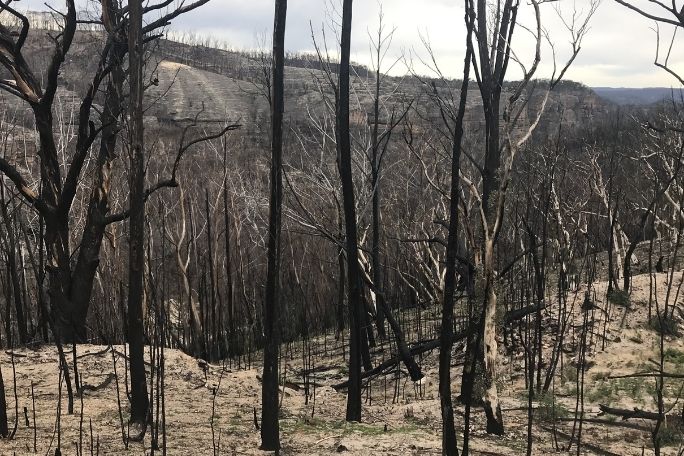Lesson summary
Students connect with the natural vegetation of their local environment and consider its importance to animals and people. They sketch and research a particular piece of flora, and report on its value and how to care for it.
Learning intentions:
Students will...
- consider a piece of natural vegetation’s importance to animals and people.
Success criteria:
Students can...
- identify the flora of their local landscape, and their features
- explain ways the natural vegetation positively impacts the local environment, including animals and people
- explain how bushfires impact this natural vegetation and the local environment, including animals and people
- report on how to care for natural vegetation.
Lesson guides and printables
Curriculum links
Select your curriculum from the options below.
Lesson details
Curriculum mapping
Australian Curriculum content descriptions:
Year 4 Geography:
- The importance of environments, including natural vegetation, to animals and people (ACHASSK088).
Relevant parts of Year 4 Geography achievement standards:
Syllabus outcomes: GE2-1, GE2-2, GE2-3.
General capabilities: Critical and Creative Thinking.
Cross-curriculum priority: Sustainability.
Level of teacher scaffolding: Low – support students through thinking and the creation of independent artworks.
Resources required
- Charcoal for drawing
- Device capable of presenting a video to the class
- Individual devices capable of accessing the internet
- Sketch books – one per student
Skills
This lesson is designed to build students’ competencies in the following skills:
- Community engagement
- Creativity
Additional info
We encourage you to undertake the free PD Course How to teach a unit on fire and flood resilience for tips on how to best deliver this lesson.
If you’re concerned about the challenging nature of these topics, consider the free PD Course How to approach trauma in the classroom for information on how best to support your students.


Welcome back!
Don't have an account yet?
Log in with:
Create your free Cool.org account.
Many of our resources are free, with an option to upgrade to Cool+ for premium content.
Already have an account?
Sign up with:
By signing up you accept Cool.org's Terms and Conditions(Opens in new tab) and Privacy Policy(Opens in new tab).